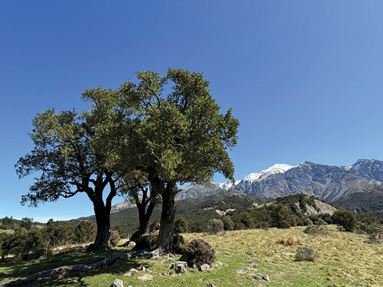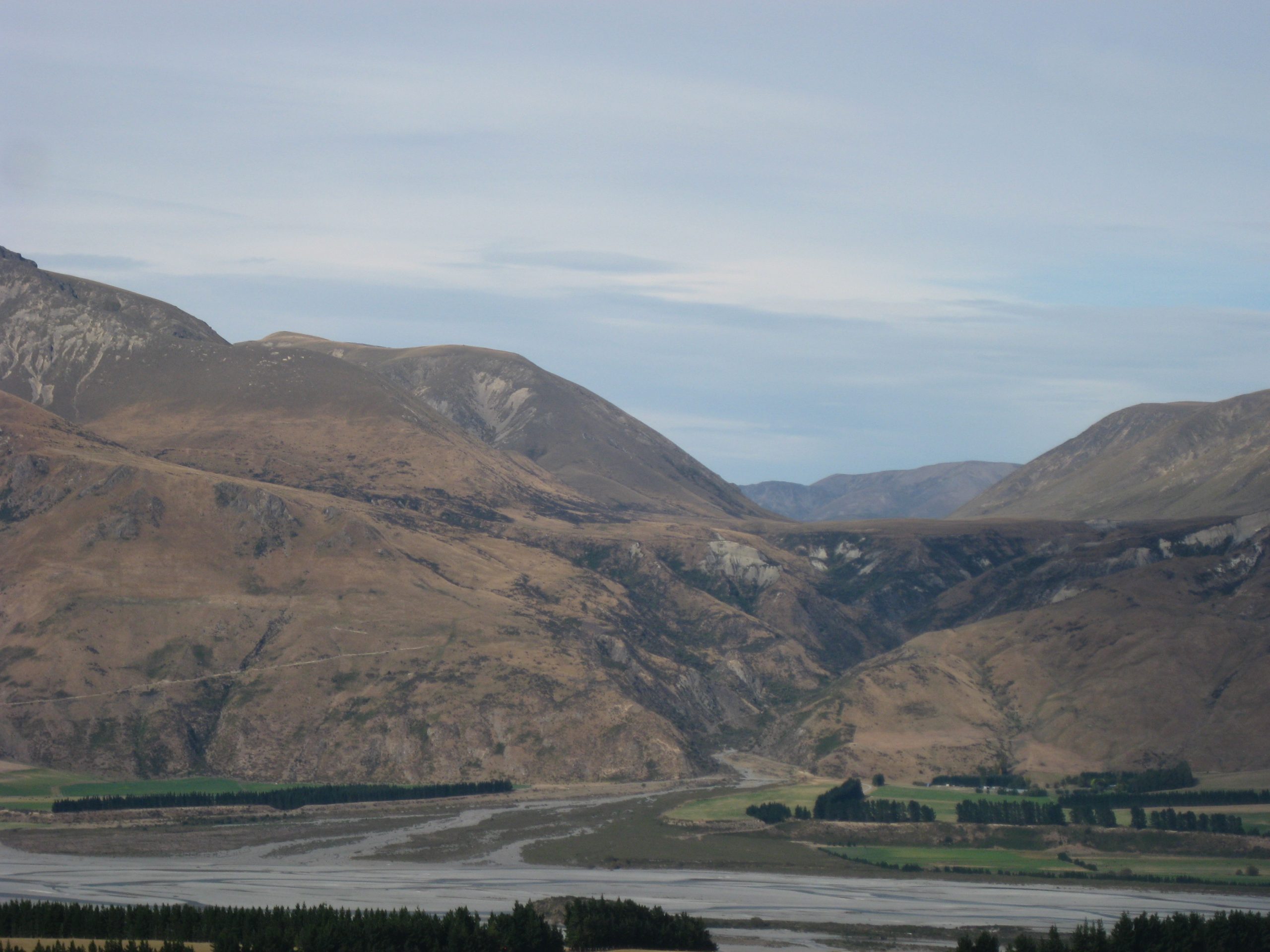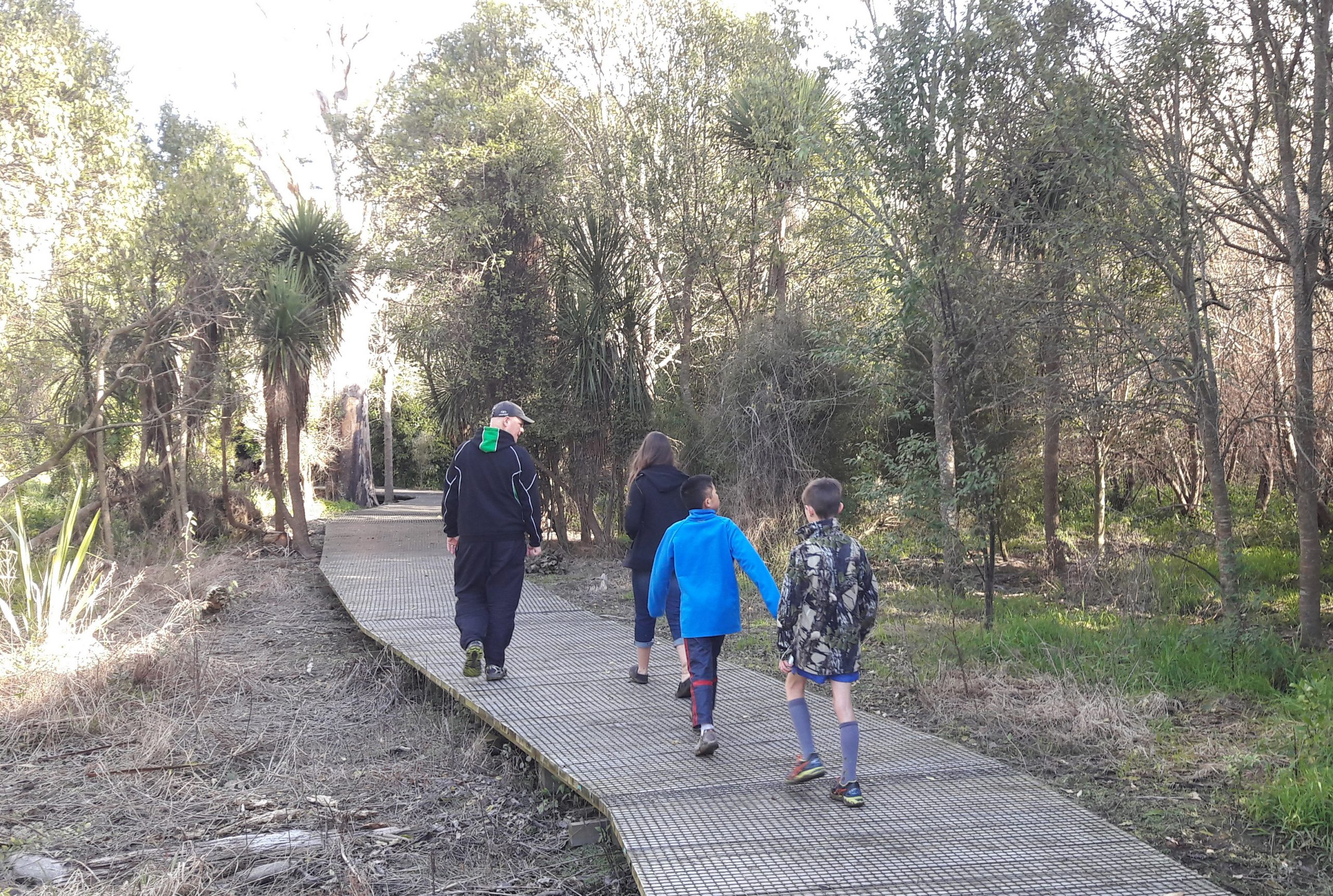
Not all who wander are lost
It’s time to explore and find what a great country we have here in New Zealand.
By Juliet Gibbons
New Zealanders have always been great travellers.
The ‘OE’ has been a rite of passage for many, drawing Kiwis to explore far flung corners of the globe. But these days a new phenomenon, the ‘DE’ seems to have taken on greater appeal.
Otherwise known as the ‘domestic experience’, this emerging tradition is more than likely due in no small part to a global pandemic, conflict in Europe and a climate conversation which has some thinking twice about international travel.
It is also a renaissance to a simpler time and a great chance for people to reconnect with nature, says Juliet Gibbons, the co-owner of Wilderness Guides based in Picton.
“I think a lot of New Zealanders have fallen in love with their own country during what has been a difficult couple of years. That saying has become true – not all who wander are really lost,” she says.
“Kiwis have got out and about, when they could, explored their backyard, done something new and realised what a great country we live in.”
Juliet and her husband Steve have operated Wilderness Guides for 23 years this October and she says prior to Covid, life was going along very well.
“We had just celebrated the 20th anniversary of the business with our staff and life could not have been better. A few months on and we were wondering where to from here.”
The couple had had tough years before. In their first year of business, there was a severe drought that affected many parts of Marlborough including the Marlborough Sounds. Parts of the Queen Charlotte Track were forced to close due to fire risk and being their first year, it was a financial disaster and almost forced them out of business.
“Somehow we managed to survive back then and now, with support of family, staff and New Zealanders who have continued to travel and explore their backyard, we have come through,” she said.
“We have welcomed more New Zealanders than ever through our doors to experience the Queen Charlotte Track. It has been humbling to have this support and exciting to be showing fellow Kiwis what a fantastic place the Marlborough Sounds is.”
Juliet is confident Kiwis will continue to travel domestically despite the opening of New Zealand’s borders to the rest of the world and international travel resuming. “It is going to take a while for us all to feel relaxed about travel – and perhaps we won’t ever see that same scale of travel again. Perhaps that’s not a bad thing,” she says.
Ranging from one day to many days in length a trip on the spectacular Queen Charlotte Track with Wilderness Guides is about good times, relaxation, exploration, conservation, and great local food.
Moreover, Juliet says, the setting, in the geologically unique Sounds, a labyrinth of drowned river valleys and sheltered peninsulas, waterways and islands which stretch over 1500km, is unique in the world.
“Meretoto/Ship Cove, where the Queen Charlotte Track begins, is a site of both national and international significance where the first sustained contact between the New Zealand Māori and the European took place,” she says. It was here at this snug cove in the outer Queen Charlotte Sound he replenished water supplies, rested his men, and repaired his ships on five different visits between 1770 and 1777.
Despite the Queen Charlotte Track not being part of the Great Walk network, its popularity has remained strong with New Zealanders.
“We just do what we do here in the Marlborough Sounds. Great walks really are in the hearts and minds of those who experience them and without a doubt, the Queen Charlotte Track is one of the best,” Juliet says.
The couple have spent more than two decades sharing their backyard with thousands of visitors to the region every year and sending them home with fond memories of the Marlborough Sounds.
“We have made life-long friends with so many customers, staff, and business colleagues along the way. Tourism is a rewarding and positive industry to work in.”
“Our kayak, bike and walk tours totally immerse people in the Marlborough Sounds environment, be it walking or biking along the Queen Charlotte Track or The Link Pathway or kayaking around the beautiful bays and coves of Queen Charlotte Sound. Our staff are our biggest asset – they love their job, and it shows as they share this place with our guests, be they locals or visitors to the region,” said Juliet.
“I guess the unique thing about Wilderness Guides Marlborough Sounds is us and the positive work environment we create for our team to ensure we give the best possible experience to all the holidaymakers that come through our doors. We have always been completely dedicated to the concept of customer first.”
The couple’s children Ben (15) and Lizzie (12) are now helping in the business as well and Juliet says the couple have a keen sense of responsibility to leave a positive legacy in the Marlborough Sounds for future generations.
“We feel that our industry can be leaders in this, and it is something we are working on to find the right way to do so. Overseas visitors see in a heartbeat what a special place the Marlborough Sounds is – we as locals have the responsibility to ensure it stays that way and is sensitively managed while constantly balancing the various competing interests including tourism,” she said.
There are a lot of great conservation initiatives already underway in the Sounds such as Kaipupu Point, Sounds Restoration Trust, Picton Dawn Chorus, and the Endeavour Inlet Conservation Group.
“This is a unique opportunity that we all have as New Zealanders to reconnect with nature – and to reshape our visitor industry with protection and enhancement of our unique environment at its core. We are working on some important initiatives with like-minded others to see this happen,” says Juliet.





























































